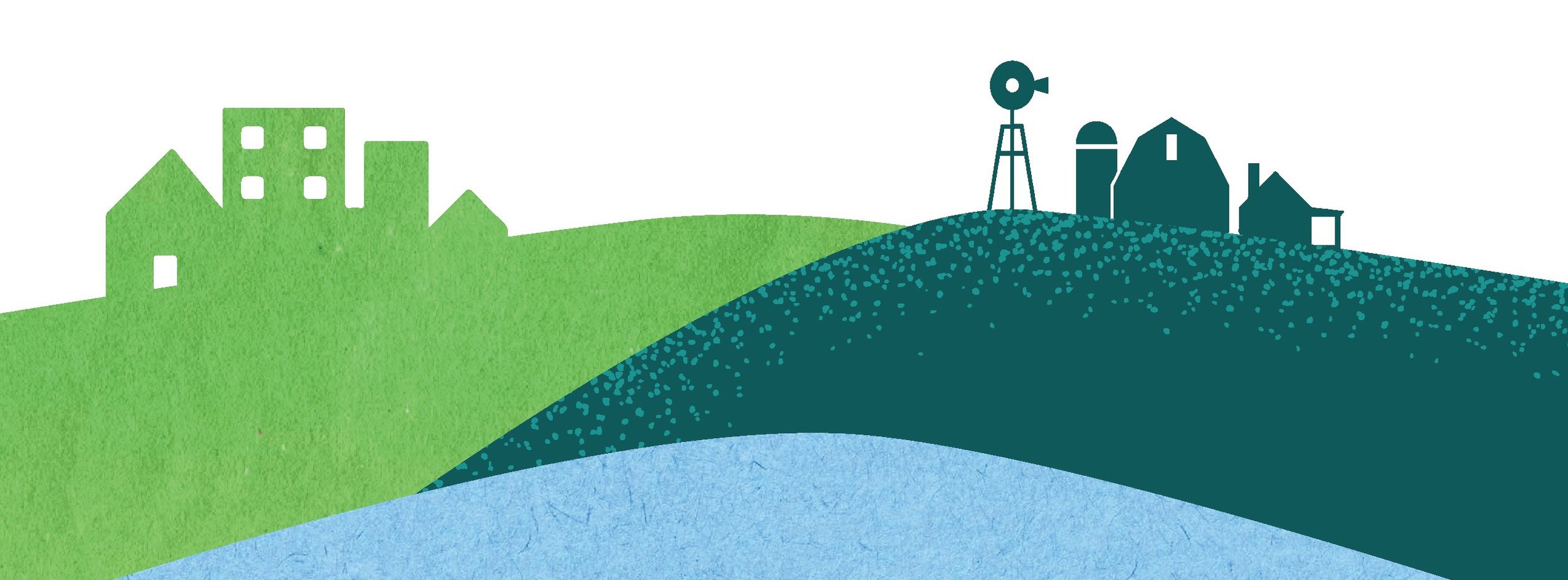
During 2022-23, a broad spectrum of Iowans—college students, farmers, nonfarmers, rural and urban residents—shared their perspectives on water quality in the state, providing a snapshot of current attitudes and point of comparison to previous studies.
Iowa has been called the land between two rivers. Yet between the Mississippi and the Missouri Rivers are more than 4,700 additional miles of river, and hundreds of thousands of streams, creeks, lakes, and ponds.
To what extent do Iowans care about the quality of this water?
A Snapshot in Time
A wide range of Iowans—college students, farmers, nonfarmers, rural and urban residents—participated in opportunistic surveys, interviews, and a series of listening sessions in 2022-23 to share their perspectives about water quality in the state. To ensure input from a diverse group of respondents, the team employed multiple data collection methods.
Over the past decade, new leaders and influencers have taken over guidance of most of the major conservation and water quality stakeholder groups and agencies. In addition, through the efforts of many of these groups, there has been a significant increase in water quality literacy among all citizens—particularly the state’s younger citizens, who were not a part of previous studies.
Key Observations
This snapshot shows more constancy than change. The last decade has seen significant increases in—
Yet all age and social groups are only slightly more aware of water quality issues and causes than in previous surveys.
Awareness of the problem has not released an outpouring of action—there is little progress in improving water quality in the state.
Where urgency did come through in this study was among college students, regarding climate change—a concept that 10 years ago was getting the same lukewarm response among that group that water quality issues continue to get across the board.




